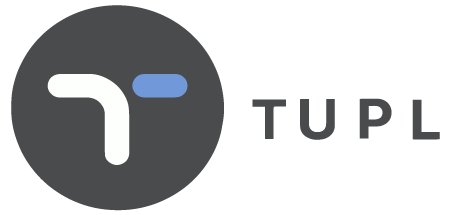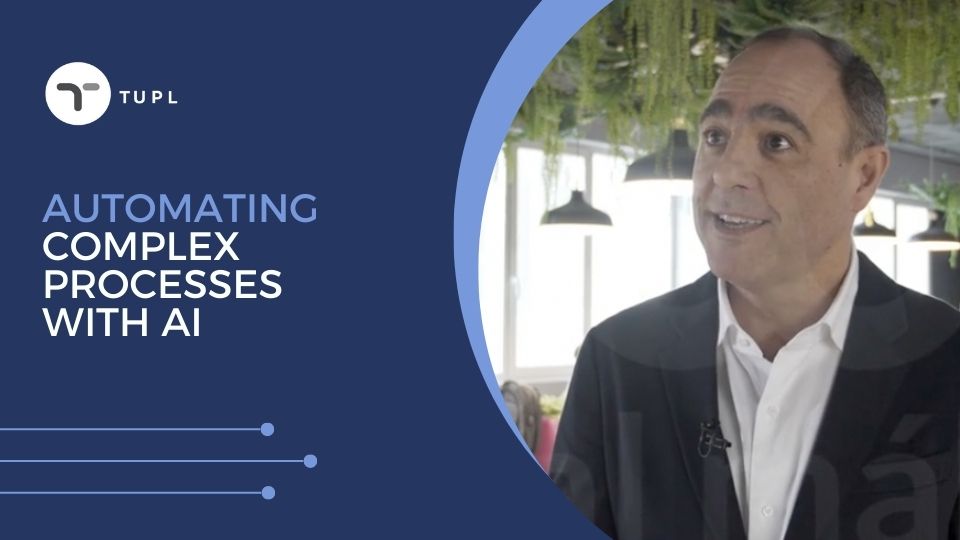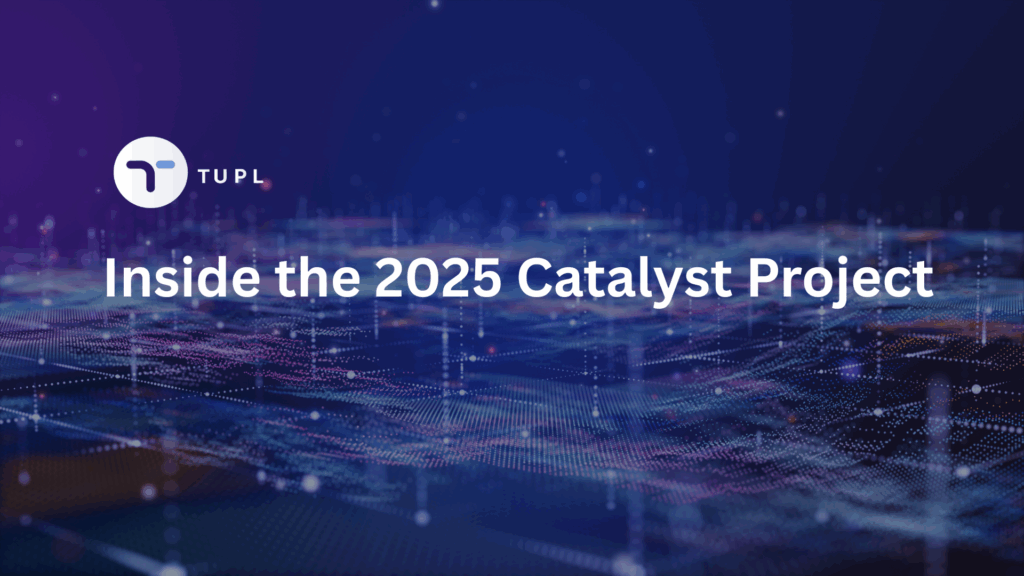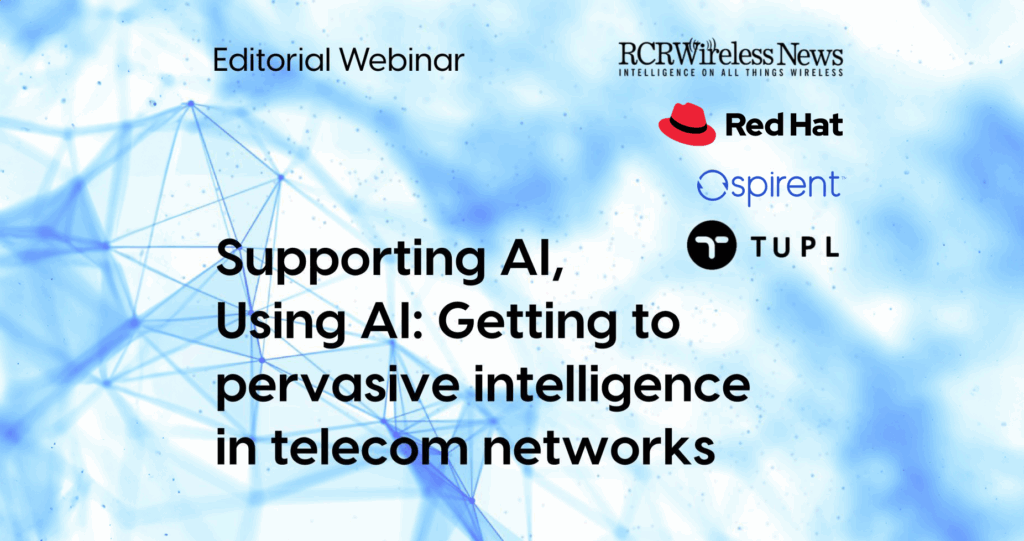Table of Contents
1. Introduction
2. Importance of Staying Updated with AI Trends
2.1. AI in Customer Service and Personalization
2.2. Generative AI: ChatGPT Continues Improving
2.3. Open RAN Ahead of the Table
2.4. Power Saving with AI: A Sustainable Future for Telcos
2.5. IoT Connectivity
2.6. MLOps and No Code: The Future of AI and Machine Learning
3. Conclusion
1. Introduction
Technology continues to advance at an unprecedented pace, with artificial intelligence (AI) playing a leading role in shaping the future. As we look ahead to 2025, there is no doubt that AI will continue to be a top trend, transforming industries and revolutionizing the way we live and work. From telco to manufacturing, from agriculture to healthcare, AI applications are becoming increasingly prevalent.
AI isn’t just for large telco corporations anymore. Small telco providers are also taking advantage of AI applications, enabling them to compete in the global marketplace. As AI continues to evolve and become more accessible, we can expect even more innovation and groundbreaking advancements in the years to come. Get ready because the AI revolution is just beginning!
2. Importance of Staying Updated with AI Trends
In today’s rapidly evolving technological landscape, staying updated with AI trends is essential. AI is constantly improving, offering businesses and individuals a competitive advantage. By keeping up with the latest AI trends, telco providers can leverage new technologies to enhance operations, improve productivity, and deliver better products and services. Furthermore, staying informed about the latest AI developments allows telcos to identify new opportunities for growth and innovation. As AI applications expand across industries, new business models and revenue streams emerge, enabling businesses to tap into untapped markets and create innovative solutions that meet evolving customer needs.
In the telecommunications industry, certain AI trends will be key to remain competitive in 2025:
2.1. AI in Customer Service and Personalization
In the Telecommunications sector, KPIs like First Call Resolution are the base to provide a differentiated customer experience. Being able to solve customer issues on the first call has a direct positive impact on customer satisfaction and therefore in the reduction of customer churn, one of the key business indicators for telco operators.
AI is transforming how businesses interact with their customers for support, providing personalized experiences, and improving customer service. According to McKinsey, a telecommunications company used predictive analytics to identify a group of customers who were most likely to experience technical issues. The company then focused on providing these customers with proactive support and self-service solutions. This approach reduced the company’s costs by 35% and improved customer satisfaction.
AI-powered chatbots, virtual assistants, and automated personalized services are increasingly being used to handle customer inquiries and provide support. These AI systems can understand natural language, analyze customer queries, and provide accurate and timely responses. By understanding customer preferences and behaviors, businesses can deliver targeted and relevant content, driving engagement and sales. Personalization powered by AI can also improve customer retention and loyalty, as customers feel understood and valued by the brand.
2.2. Generative AI: ChatGPT Continues Improving
Generative AI, a subfield of AI that focuses on creating new data, is revolutionizing the way telecom companies operate. Generative AI algorithms can generate new network configurations, optimize traffic patterns, and personalize customer experiences. This technology has the potential to significantly improve network performance, reduce costs, and enhance customer satisfaction.
One particularly noteworthy example of generative AI is ChatGPT. ChatGPT, an LLM (Large Language Model), shows an advanced level of generating content that has a language structure – human or machine language – unlike anything we have previously seen. Around 97% of business owners believe ChatGPT will help their business. This tool has the potential to transform customer service tools such as chatbots and voice-enabled virtual assistants. With ChatGPT, telecom companies can create chatbots that can engage in more natural and meaningful conversations with customers, leading to improved customer satisfaction and loyalty. Furthermore, ChatGPT can be used to personalize customer experiences by tailoring content and recommendations to each customer’s needs and preferences.
2.3. Open RAN Ahead of the Table
Open RAN is an open-source software-defined radio technology that is gaining traction in the telecom industry. Open RAN allows telecom companies to use a variety of vendors for their network equipment, which can lead to lower costs and better flexibility. AI is playing a key role in the development of Open RAN, as AI algorithms can be used to optimize network performance and manage the complexity of Open RAN networks.
A Tier-1 telco operator is set to pioneer the deployment of a commercial-scale open radio access network (Open RAN) in the United States. The plan is for 70% of its wireless network traffic to flow across open-capable platforms by late 2026. It is expected to have fully integrated open RAN sites operating in coordination with multiple suppliers, starting in 2025.
2.4. Power Saving with AI: A Sustainable Future for Telcos
Telcos consume 2-3% of total energy consumption to power their network infrastructure, and AI can help optimize energy consumption. AI algorithms can analyze network data and identify energy-saving opportunities, such as optimizing cooling systems or dynamically adjusting power usage based on demand.
AI-powered power-saving solutions are a key example of this trend, demonstrating how by leveraging AI for energy efficiency telcos can reduce their carbon footprint, lower operational costs, and contribute to a more sustainable future. As AI technologies continue to evolve, we can expect to see even more innovative power-saving solutions that revolutionize the way telcos manage their energy consumption without affecting service quality.
2.5. IoT Connectivity
The Internet of Things (IoT) is transforming the telecom industry by connecting billions of devices and generating a vast amount of data. AI is a key enabler of IoT connectivity, allowing telcos to analyze and make sense of this massive dataset. AI algorithms can extract valuable insights from IoT data, enabling telcos to optimize network performance, enhance security, and deliver personalized services.
Predictive analytics can identify potential network congestion or equipment failures, allowing telcos to proactively address these issues before they impact customer experience. Forbes projects that by the end of 2025, there will be more than 207 billion IoT devices connected worldwide. Due to the large amount of IoT devices, AI-powered anomaly detection will play a pivotal role in pinpointing unusual patterns or irregularities in network data, indicating potential faults or security breaches.
2.6. MLOps and No Code: The Future of AI and Machine Learning
These trends are transforming not only how telecom companies operate but also how they innovate and remain competitive.
MLOps, short for Machine Learning Operations, is a set of practices and tools that simplify the deployment, monitoring, and management of AI models to automate operations tasks. By implementing MLOps principles, telecom companies can effectively implement and manage AI and machine learning solutions, accelerating the time-to-market for AI-driven solutions, ensuring model reliability and scalability, and effectively managing the entire AI lifecycle.
On the other hand, No-Code platforms are empowering telecom employees, even those without extensive programming experience, to develop and implement AI-driven solutions. These platforms provide intuitive drag-and-drop interfaces and tools that simplify the process of building AI models, allowing telecom companies to create AI applications for tasks such as customer support, network optimization, and personalized marketing. By simplifying the AI lifecycle, No-Code platforms enable telecom companies to bring AI solutions to get to market faster and at a lower cost.
3. Conclusion: Embracing the AI revolution in the telecom industry
The AI revolution is transforming the telecommunications industry, offering telcos a plethora of opportunities to enhance operations, improve customer experiences, and drive business growth.
By leveraging AI, telcos can enhance network performance, improve customer service, drive innovation, and reduce manual tasks. As we look ahead to 2025, these AI-powered tech trends will shape the future of the telecom industry, and telecommunication companies must stay at the forefront of these advancements to thrive in the digital age.



